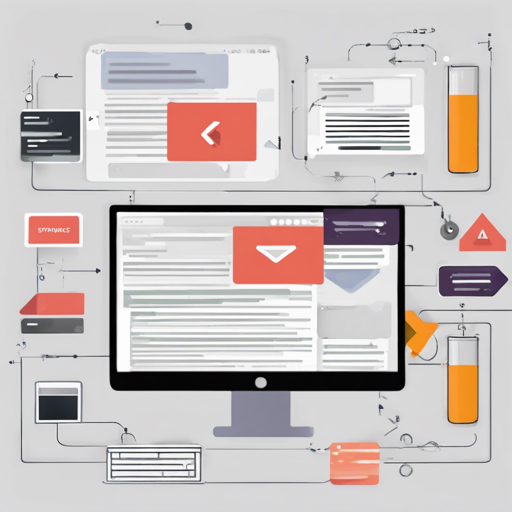In the world of web development, ensuring that email clients render our styles correctly can be a challenge. That’s where Juice comes to the rescue! Juice allows you to inline your CSS properties into your HTML, making it perfect for crafting beautifully styled emails and embedding HTML into third-party websites. Let’s dive into how to use this fantastic tool!
Getting Started with Juice
Juice provides several functions depending on whether you want to process a file, an HTML string, or a cheerio document, and whether you’d like it to fetch remote stylesheets, scripts, and images automatically.
Basic Usage of Juice
To inline HTML without fetching remote resources, you can use the default options with the following code:
var juice = require('juice');
var result = juice('Hello World!');
// Result: Hello World!
In this example, Juice takes an HTML snippet with inline styles and returns the same HTML with those styles preserved.
Why Use Juice?
- HTML Emails: Juice helps ensure your emails look consistent across different clients.
- Embedding HTML: It’s great for integrating styled content into third-party websites.
Juice Options
Juice has a wealth of options to customize its functionality. Here’s a brief overview of some key options:
- applyStyleTags: Enables or disables the inlining of styles.
- extraCss: Allows you to apply additional CSS rules.
- preserveMediaQueries: Ensures your media queries are retained when styles are inlined.
For a complete list of options, you can refer to the Juice documentation.
Using Juice Methods
Juice provides multiple methods, allowing you to inline HTML in different scenarios:
- juice(html [, options]): Inline styles from a given HTML string.
- juice.juiceResources(html, options, callback): Inlines styles while fetching remote resources.
- juice.inlineContent(html, css [, options]): Takes HTML and CSS and returns new HTML with the CSS inlined.
Analogy to Understand JSX in Juice
Think of Juice like a skilled barista crafting a signature coffee. Just as a barista takes separate ingredients (coffee, milk, syrups) and combines them into a delightful drink, Juice takes your HTML structure and enhances it with inline styles. If an ingredient is missing – say, syrup – the coffee will still be good, but it won’t be as sweet. Similarly, when you choose to skip remote resources, your inlined HTML may lack some external styles, making it less visually appealing in certain contexts. The more you customize your order (using options), the more tailored your coffee (HTML) becomes!
Troubleshooting Common Issues
If you run into issues while using Juice, consider the following troubleshooting tips:
- Check your HTML for any unclosed tags or errors that might be affecting the inlining process.
- Make sure all required dependencies, like cheerio, are correctly installed and up to date.
- If you’re having trouble with remote resources not loading, verify your network connection or check if the resource links are correct.
For more insights, updates, or to collaborate on AI development projects, stay connected with fxis.ai.
Conclusion
Juice is a powerful tool that simplifies the process of inlining CSS into HTML, especially for email applications and third-party integrations. Embrace the flexibility it offers with its various methods and options, and ensure your emails are always styled to perfection!
At fxis.ai, we believe that such advancements are crucial for the future of AI, as they enable more comprehensive and effective solutions. Our team is continually exploring new methodologies to push the envelope in artificial intelligence, ensuring that our clients benefit from the latest technological innovations.

